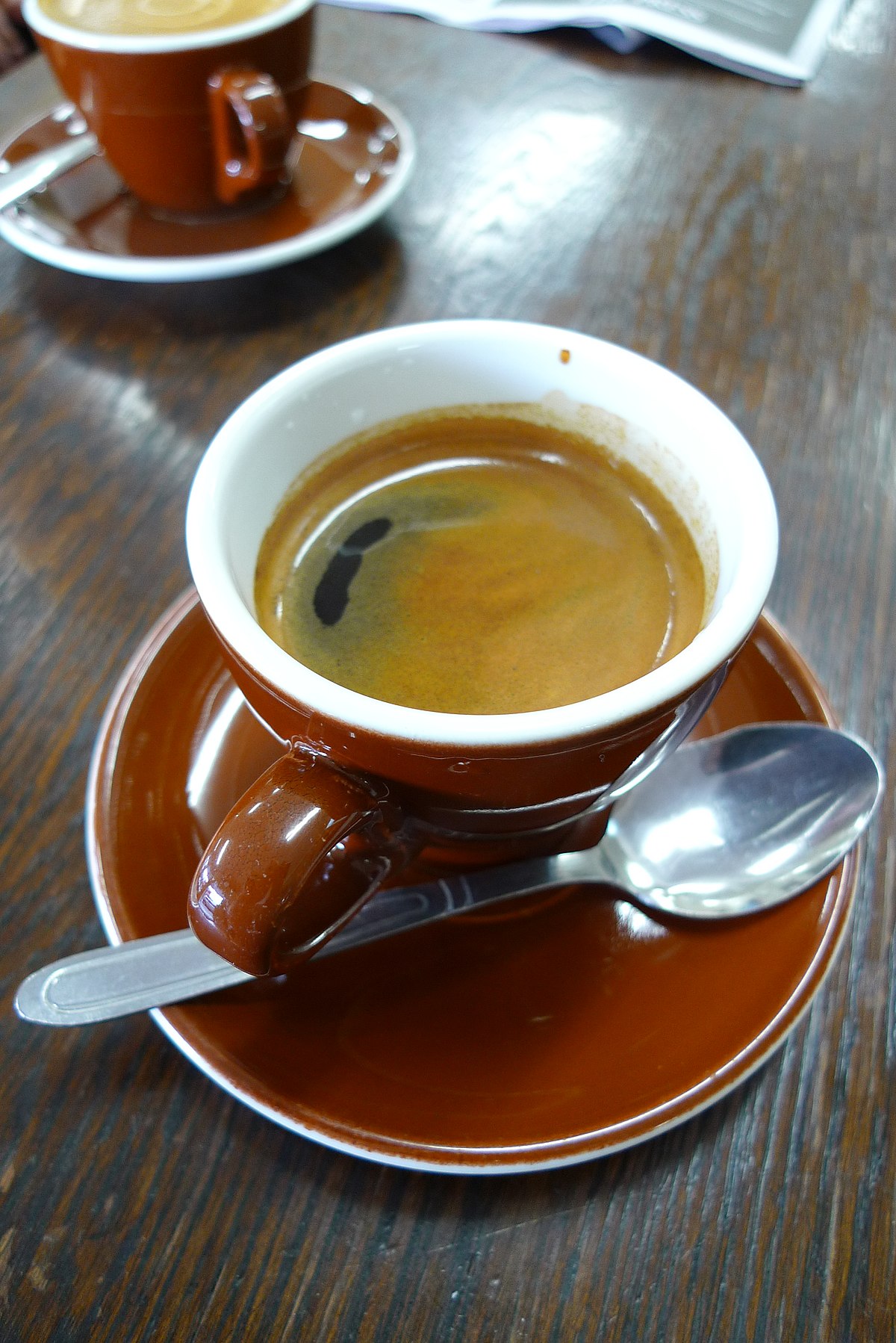
Espresso is the basis for the majority of the coffee and milk based beverages on the menu. The product costs are around 15 cents to make a shot of espresso, and about 35-40 cents to make a latte, mocha or cappuccino ? Naturally, location, staffing and devices add a lot to the cost, but the low consumable expenses vs. high list prices are one of the primary factors lots of coffee shops are emerging in towns throughout America.
Follow the link for the full article learn about espresso.
This guide presents the practical info needed for you to select the best espresso equipment for your home, workplace, or business. Without a firm understanding of the various espresso makers, the choice procedure may be somewhat frustrating and complicated just due to the fact there are many designs to choose from. This guide is not very short, but investing the time to read it will significantly enhance your buying experience.
Espresso is merely another method by which coffee is brewed. There are various ways of brewing coffee that consist of making use of a stove top coffee maker, percolator, French press (or coffee press), vacuum pot and others. Espresso is brewed in its own special way.
Espresso is a drink that is produced by pushing hot water, between 192F and 204F, at high pressures, through a bed of carefully ground, compressed coffee. A regular single is approximately 1 to 1.5 ounces of drink, utilizing approximately 7grams (or 1 tablespoon) of ground coffee. A regular double is between 2 and 3 ounces, utilizing double the volume of coffee grounds. The shot is brewed for around 25 to 30 seconds, and the same time applies to both a double or single shot (double baskets are bigger, with more screen location, and the coffee streams quicker - single baskets limit the flow more, causing 1.5 ounces in 25-30 seconds).
An espresso device brews coffee by forcing pressurized water near boiling point through a "puck" of ground coffee and a filter in order to make a thick, focused coffee named espresso. The very first piece of equipment for brewing espresso was built and patented in 1884 by Angelo Moriondo of Turin, Italy.
Crema is one of the visual indications of a quality shot of espresso. In Italy, where most true espresso is purchased in a cafe, it is popular to lift cup and saucer, smell the shot, and drink it in 3 or 4 rapid gulps.
Espresso is confusing because typically, it isn't prepared correctly. True espresso, brewed with a pump or piston driven espresso maker is extremely demanding on the bad coffee bean grinds. However before we enter the relative 'torture' that ground coffee is executed to produce a remarkable espresso, let us take a step back and go over a bit more the misunderstandings about the drink.
Espresso is not a type of bean: This is a typical misunderstanding, and inaccurate marketing by coffee chains, supermarket, and even word of mouth provide the impression that espresso is a kind of bean. Any coffee bean can be utilized for espresso, from the most typical Brazils to the most unique Konas and Ethiopian Harar coffees.
Espresso is not a type of coffee blend: This one is likewise a typical misconception, but with some truth to the claim in that there are specific blends created for espresso. The issue is, many individuals believe there is only one kind of blend that is fit for espresso. Lots of high quality micro roasters would disagree with this - Roaster Craftsmen the world over work diligently on their own variation of "the best espresso blend".
Espresso is not a Roast Type: Another popular mistaken belief is that espresso can only be roasted one method (and generally the idea is that espresso should be incredibly dark and sparkling with oils). This is not the case. The Northern Italian method of roasting for espresso is producing a medium roast, or more frequently understood as a "Full City" roast if you like on the west coast of the USA. In California, the normal "espresso roast" is a dark, or "French" roast, and in parts of the eastern United States, a really light or "cinnamon" roast design is preferred. The bottom line here is this: you can make great espresso from practically any roast type; the choice is simply approximately your own taste buds.
Espresso is the basis for many of the coffee and milk based drinks on the menu. Espresso is a drink that is produced by pushing hot water, between 192F and 204F, at high pressures, through a bed of carefully ground, compressed coffee. Real espresso, brewed with a pump or piston driven espresso device is really demanding on the poor coffee bean grinds. Espresso is not a type of blend: This one is likewise a typical misconception, however with some truth to the claim in that there are particular blends developed for espresso. Espresso is not a Roast Type: Another popular mistaken belief is that espresso can just be roasted one way (and usually the idea is that espresso needs to be incredibly dark and glistening with oils).
The full article, and more espresso preparation information at Coffee-Brewing-Methods.com